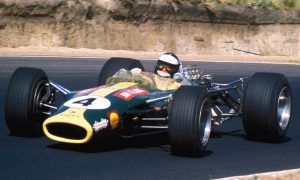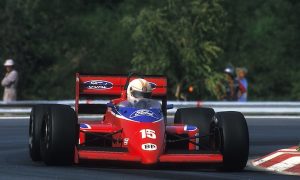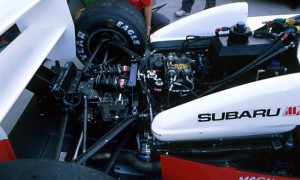Jo Bonnier was a gentleman-racer as measured by the true standards: worldly and refined off the track, fair and sportsmanlike on it. F1i looks back on the career of a true racer and a committed safety campaigner.
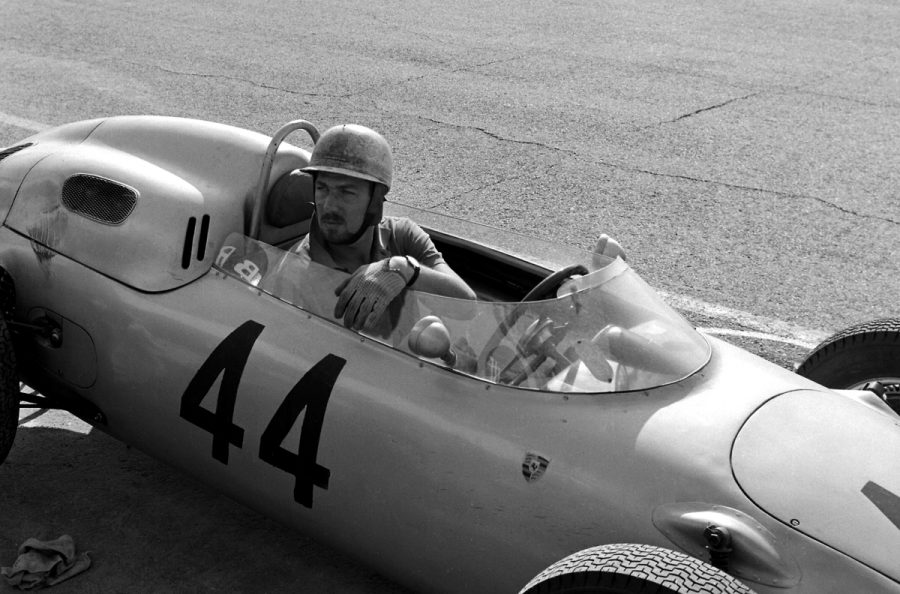
Jo Bonnier was the scion of a powerful and prosperous Stockholm-based publishing group, Bonniers Aktiebolag, but it was clear early on that he preferred the ragged edges of motor racing rather than the easy roads leading to the family business. Jo did endure an apprenticeship of sorts with the company but he obviously had other interests. A well rounded education which extended from Oxford to Paris instilled Bonnier with a sense of refinement and sophistication, and fluency in English, French, German, Italian, Spanish, Norwegian and Finnish.
As a teenager, Bonnier took an interest in motorcycles and then in rallying, before tackling ice racing in 1953. Circuit racing was obviously next on his agenda, and he made his first appearance outside of Sweden in the 1955 Mille Miglia, eventually going on to race sportscars with Maserati a year later. The connection actually led to an incidental Grand Prix debut at Monza when Jo, present as a competitor in the event's support race, was informed by his desperate Maserati team boss that Luigi Villoresi was sick, and would have to be relieved soon after the start. No-one else was available.

"I'd never been in a Grand Prix single-seater, let alone driven one in the Italian GP at Monza, with its banking," Bonnier once recalled "I told him that it was ridiculous, that I'd get in the way of Fangio and all those other chaps. But I drove, and was petrified — I'd never driven a car where I saw the wheels!"
His ordeal lasted three laps before the 250Fs engine failed, but it gave him a taste of Formula 1. Over the next couple of years he was a regular contender in Maseratis, in his own car or those of other private teams. In 1959, after a couple of races at the end of the preceding season with BRM in which he showed promise, Bonnier was entrusted with a works drive with the British team and duly won on his second time out at the Dutch Grand Prix at Zandvoort! It was a first Grand Prix victory for driver and marque alike.
Unfortunately, Bonnier could not repeat the feat in 1960, and joined Porsche for their works assault on Grand Prix racing, picking up the odd championship point here and there but very much playing second fiddle to team leader Dan Gurney for the following two years. The period had also seen the birth in 1961 of the Grand Prix Drivers Association, an informal institution destined to help improve safety in racing. Given his straight-from-the-shoulder and outspoken persona, Bonnier was asked by his fellow drivers to lead the GPDA's quest, a solicitation he reluctantly agreed to. In the following decade, he would nevertheless become a prime mover in the campaign to improve safety standards worldwide.
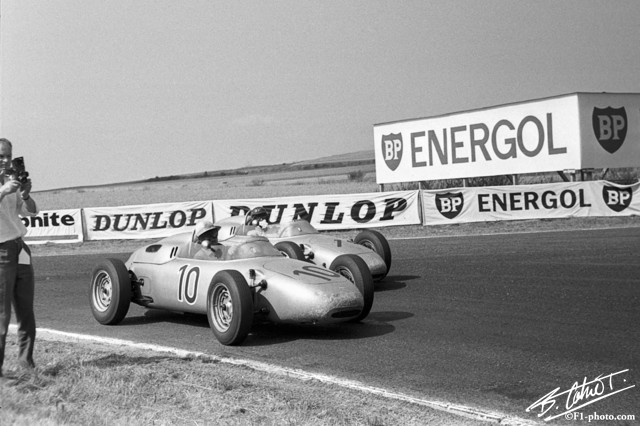
When Porsche pulled out of F1, Jo teamed up with Rob Walker for three seasons, but during that time scored just nine points, and only occasionally did he show real speed. With the advent of the new 3-litre formula in 1966, Jo decided to run his own show, acquiring an unwieldy Cooper-Maserati which he would campaign for two seasons, reaping a total of three championship points.
The Swede deserved better and he often found it in sports car racing when the mood took him. He had won the 1962 Sebring 12 Hours for Ferrari before adding another Targa Florio victory with Porsche’s RS62 a year later. He shared a Maranello Concessionaires Ferrari with Graham Hill in selected 1964 sports car events – finishing second at Le Mans and winning both at Reims and in Montlhéry’s Paris 1000Kms. His last major sportscar triumph was with Phil Hill in the 1966 Nürburgring 1000 Km in a Chaparral 2D.
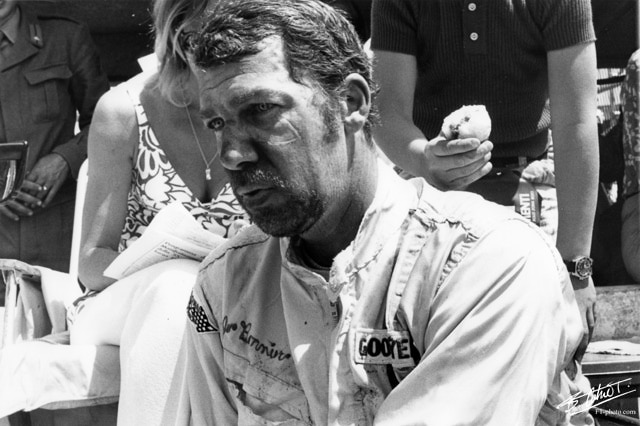
In 1968, Bonnier replaced his Cooper with a McLaren M5A, and there were occasional good showings such as a fifth at the Nürburgring in 1968. He was fifth also on a one-off outing for Honda in Mexico. A works ride seemed to fire him up but this one led nowhere as the team folded. Tangible results were limited however and much of 1969 was lost when he crashed a Lotus 49 heavily during practice for the Oulton Park Gold Cup. Bonnier's suspension failed at approximately 120mph and he was knocked unconscious when his helmet was ripped off upon impact.
He battled through 1970-71 with a McLaren M7C but it all seemed like wasted efforts. He eventually called it a day on his career in single-seaters in early '72, at the age of 42. By this time, Bonnier was viewed as the older statesman of motor racing, his natural authority and charisma making him an extremely effective Chairman of the GPDA. A devoted socialite, the immaculately-bearded Swede was also one of the first professional drivers to make his home in Switzerland for tax purposes.

As a young 14-year-old whose father was friends with Jo and his beautiful wife Marianne, I once had the chance to visit the family home in Arzier-Le Muids on my way to a summer camp in Switzerland in the early '70s. Entering the stylish house, one was always struck by the vision of Jo's McLaren M5C hanging on the wall of the family living room, a spectacular slice of modern art as well as a relic of the host's distinguished career.
Upon his departure from Grand Prix racing, Bonnier continued to race hard, competing with a new Lola T280 in 1972. In an ironic twist of fate, the man who had done so much for safety in motor sport would himself fall victim to the whims of tragedy. At the 24 Hours of Le Mans, after leading the grueling event early on, Bonnier collided in the early morning with a slowing Ferrari Daytona as he approached the Indianapolis corner. The Lola was launched high into the air and catapulted into the trees before crashing down to earth, shattered into countless pieces. The influential and seasoned driver was killed instantly.

Purchase prints of these classic images (and many more) from the extensive Cahier Archive
Click here for more Classic F1 features
Keep up to date with all the F1 news via Facebook and Twitter




